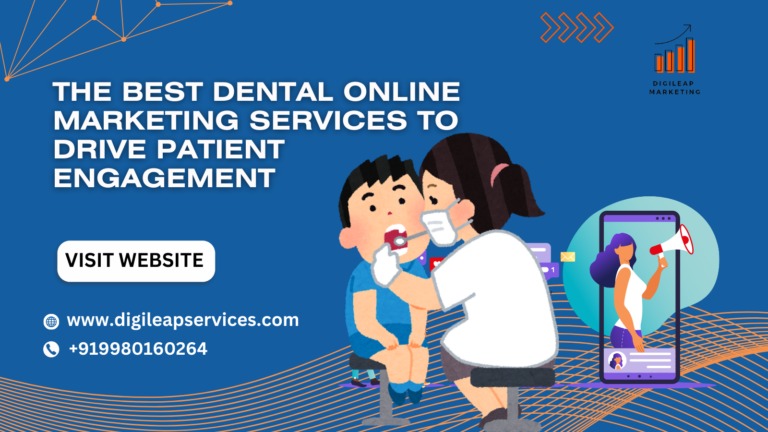Programmatic advertising for beginners
Programmatic advertising? What is that? What do you mean by that? Have you ever wondered? Do not worry; we got you!
Programmatic advertising is a convenient way to buy media that is complex to understand. It uses traffic data and online display targeting, resulting in better ROI for marketers. However, it is not entirely automatic. In programmatic advertising, marketers have more time to improve and develop the advertisement to drive the campaign successfully. It is unlike the traditional method, where you manually prepare insertion orders or ad tag lines. Programmatic brought a lot of change for sellers and media buyers.
Display, video, banner, and in-app ads are the most common types of programmatic advertising.
Video advertising is perfect for capturing people’s attention through imagery, storylines, and sound. Banner advertising is made up of a graphical picture or animation that is placed on a web page, as well as a URL that directs users to a website. Native advertising is a type of internet advertising designed to complement the look and function of the platform on which it appears. Native ads are less invasive than banner ads and internet advertising. They can appear in various formats, such as in-feed content, search results, and recommendations. In-app ads are advertisements that occur within an app. Banner ads, interstitial ads, video commercials, and native ads are examples of this. In-app advertisements can be a terrific way to monetize and generate cash for your app.
Benefits of using Programmatic Advertising.
1. Audience
By data management platform, you have access to multiple audiences. Here you buy audience and not placements. Thus, it does not matter where is advertisement is placed. Your targeted audience is exposed to your ad is what counts. You can have any targeted audience, even target them by user location and company information.
2. Insights
You will get a lot of learning and insights from your DSP campaign that you can also apply to your future campaigns. Since you would get all the learning and insights data from the campaign, it will be easy for you to set up a new campaign. You can use your previous campaign data template or duplicate it from the already existing drive. This all thinks it saves a lot of time, and thus your advertisement and campaign are set up quicker than before.
3. Recency
This is where you can track the people who have recently been to your website or the people who saw your product added to their cart but did not buy. All these types of people will come into your database, and you can access and contact them and send them your product ads. You can apply recency to a targeting audience as well.
4. Investors’ access
Since programmatic campaigns are a multitude of supply-side platforms thus, they have a massive scale to handle. It will be accessible not only to google but also to well-known publishers like yahoo and Microsoft. Since connected so multitude and thousands of publishers and trillions of impressions.
5. Frequency capping
Frequency capping is allowed across all kinds of publishers, devices, and channels. Thus programmatic help in capping the frequency of it.
6. Algorithm
Each database comes with a variety of algorithms. These algorithms are dependent upon your post or website activity. Here you can get an algorithm for your best outcomes and worst ones. Thus keep track and apply the best effect powered by machine learning on your ads.
7. Streamlined trafficking and billing
The DSP clears all payments. You need to pay one DSP invoice. The rest has been taken care of. You do not have to pay each publisher separately. Similarly, you do not need to generate an ad tag for each publication. Simply upload the advertisements to the DSP once, and they will be redistributed across all publishers.
8. Sequencing and storytelling
You can conduct creative sequencing. You can deliver a follow-up display ad to folks who have watched your video. Another instance is if you have a series of videos that need be watched in a specific order. This is simple to do with programmatic advertising.
9. Integrations
If your ad tech stack is synced, you don’t need to upload ad tags to the DSP; create them in the Ad server. If your DSP is linked to your website analytics, you can access sophisticated stats and audiences through the DSP. You will be given additional metrics to study and optimize for. This implies you may optimize for actual business outcomes rather than proxy measurements that may or may not be related to your company’s success.
10. Lookalike
You have the leverage to create or recreate a look-alike model of your 1st data or the data that was your successful campaign. You can get a look-alike audience segment from your website visitors and converters.
Not only is programmatic advertising effective and efficient, but also it is affordable. If you are looking for an effective way to reach out to potential audiences or customers, then programmatic advertising is the best option you can have. Suppose you are a part of traditional digital marketing or are starting to shift to digital marketing. In that case, programmatic advertising seems best for you as it lets you target your ideal customers precisely while delivering ads in real time and is pocket-friendly.
If you want to know more about digital marketing visit our blogs on digital marketing.












